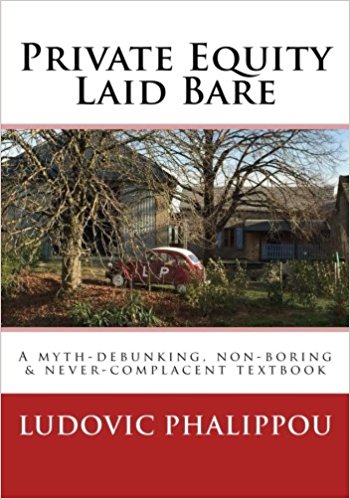(some) working papers
The Trillion Dollar Bonus of Private Capital Fund Managers
Date Written: June 12, 2024
Abstract
Carry is a performance-related payment made to private capital fund managers (general partners of limited partnerships). Using information on fund performance and key terms of fee structures, we can estimate whether a fund owes or paid some carry (is "in-the-carry") and the total amount (paid and due). We find that as much as 70% of invested capital is in the carry, and funds focusing on Leveraged Buy-Outs and Secondaries are nearly all in the carry (83%, 91%). On aggregate, carry exceeds one trillion dollars (over the last 25 years). Three quarter of the overall carry goes to firms based in the U.S., but less than one third of the money invested comes from the U.S. There are nearly 100 recognized private equity related billionaires, with a total wealth of $450 billion, versus none at the start of the century. The fourteen wealthiest individuals capture about half of that amount and are all American. These findings may contribute to global debates on the taxation of Carry and on new drivers of wealth inequalities.
Employee Views of Leveraged Buy-Out Transactions
With Marie Lambert, Nicolas Moreno, Alexandre Scivoletto
A large sample of employee reviews shows a decline in satisfaction after a Leveraged Buy-Out (LBO), but with significant heterogeneity. The key driver is the previous ownership structure. For Private-to-Private transactions, dissatisfaction is concentrated in non-management employees and comes mostly from how management treats them. In Public-to-Private transactions, the dissatisfaction is stronger, multi-faceted, and present for all employees, including management. Industry and Private Equity sponsor fixed effects are significant, but second order. Other ownership changes (M&A, IPO) trigger less dissatisfaction.
How Deadly Is Financial Leverage? Evidence from Care Homes during the COVID-19 Crisis
With Peter Morris and Betty H.T. Wu
Highly levered care homes have a death rate twice as high as unlevered care homes at the peak of the COVID-19 pandemic. Care homes controlled by private equity firms no longer display significantly higher death rates once controlling for leverage. Leverage matters only once accurately constructed: i) the full ownership structure of each care home needs to be identified; ii) operating leases must be capitalized and added to the balance sheet. These two issues have seldom been tackled in the literature and we show that they matter.
Thematic Investing With Big Data: The Case of Private Equity
Using natural language processing, companies globally can be scored based on the frequency with which news articles contain both their names and private equity (PE) related vocabulary. An index can then be created, with the weight of each component set as a function of both their liquidity and their PE exposure scores. This procedure generates a large set of firms whose underlying business is PE-related. Even though the algorithm does not optimize on either return or correlation, we find that the listed PE index is highly correlated to, and has similar performance to, the PE fund market index. This low-cost and scalable process can be generalized to any theme an index seeks to capture.
